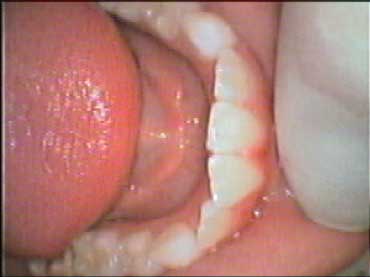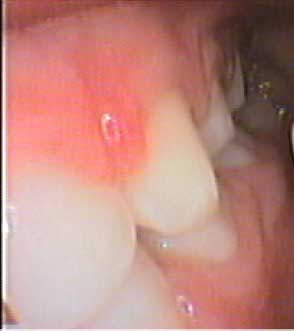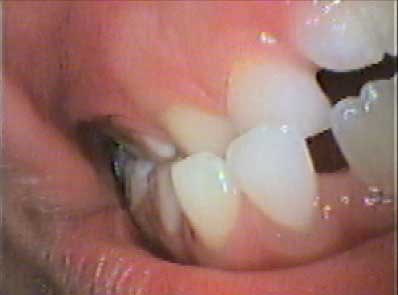How Often Do We Need to Review – Children Development and Bite – Part 4 – Lower Jaw Development – The Shape
Common development issues of the lower jaw are greatly dependent on the genetics of the child. The main considerations are:
- The shape of the lower jaw or mandible
- The length of the mandible in relation to the upper jaw or maxilla
- The angle of growth in relationship to the maxilla
Development – Lower Jaw shape – Mandible
The ideal shape is a U-shaped jaw that is slightly narrower than the maxilla. Ideally the upper teeth when they bite against the lower overlap the by half a tooth width. However, if the jaw is too squarish, then crowding may occur at the “corners”, where the lower canines are.

The mandible may be wider than the maxilla and can cause a cross-bite where the lower teeth overlap the upper teeth in reverse to ideal. The cross-bite can be on both sides of the jaw, and just on one side.


These various shapes of the jaw can cause the chin to not line up with the middle of the face. Chewing movements may tend to favour one side more than the other. Sometimes early interventions can allow teeth into a more ideal position and allow the jaws to align better together and allow a more ideal jaw growth facial appearance.
This needs to be monitored closely from an early age, however, usually by eight years of age, we have a good idea of where the child growth is heading.
Just to be difficult, this may not be the case with the length of the lower jaw in some cases.
Need an Appointment?
If you’d like to book an appointment with the dentist at Seymour Dental then call us in Dulwich Hill, Sydney on (02) 9564 2397 or
contact us
Next week
How Often Do We Need to Review – Children Development and Bite – Part 4 – Lower Jaw Development - The Length